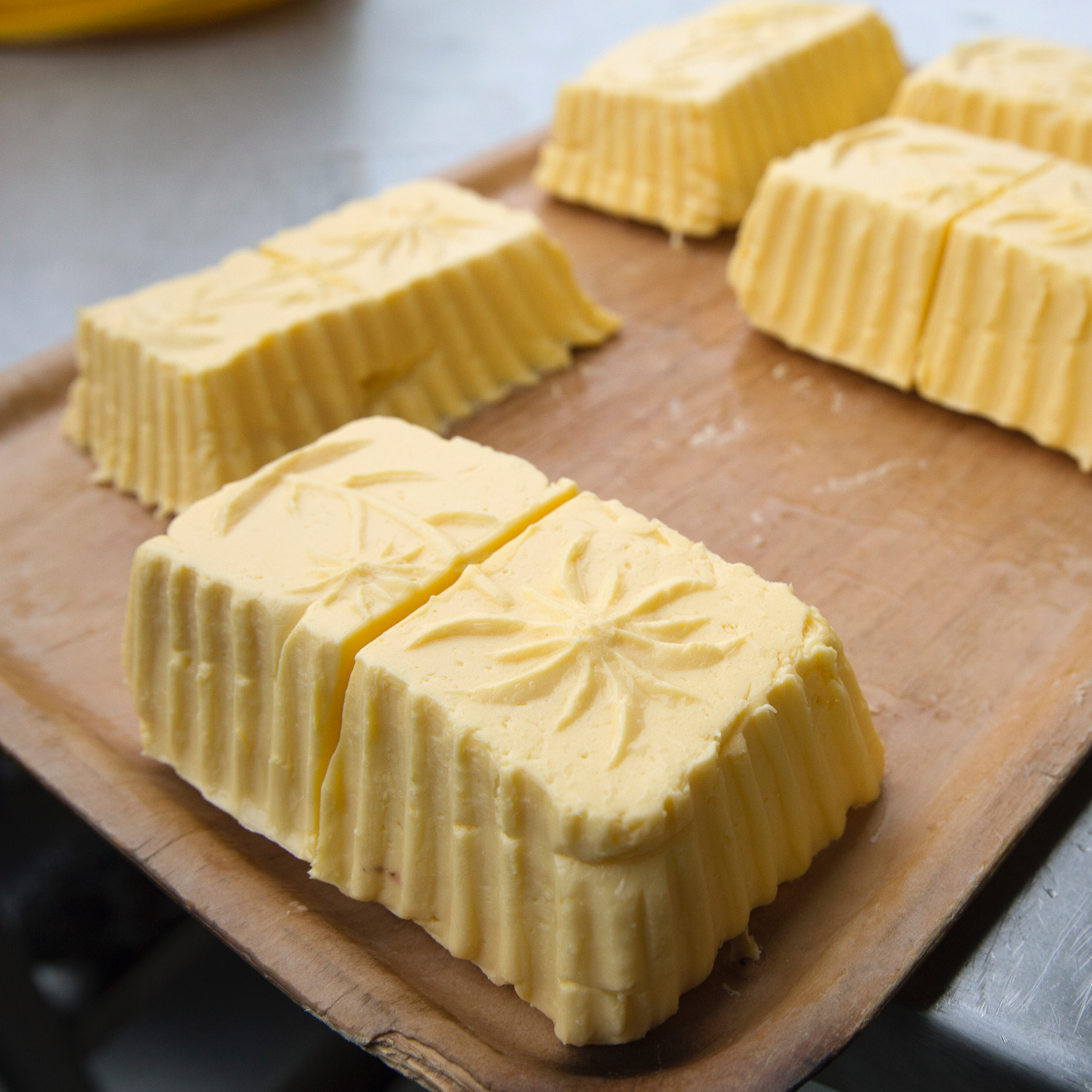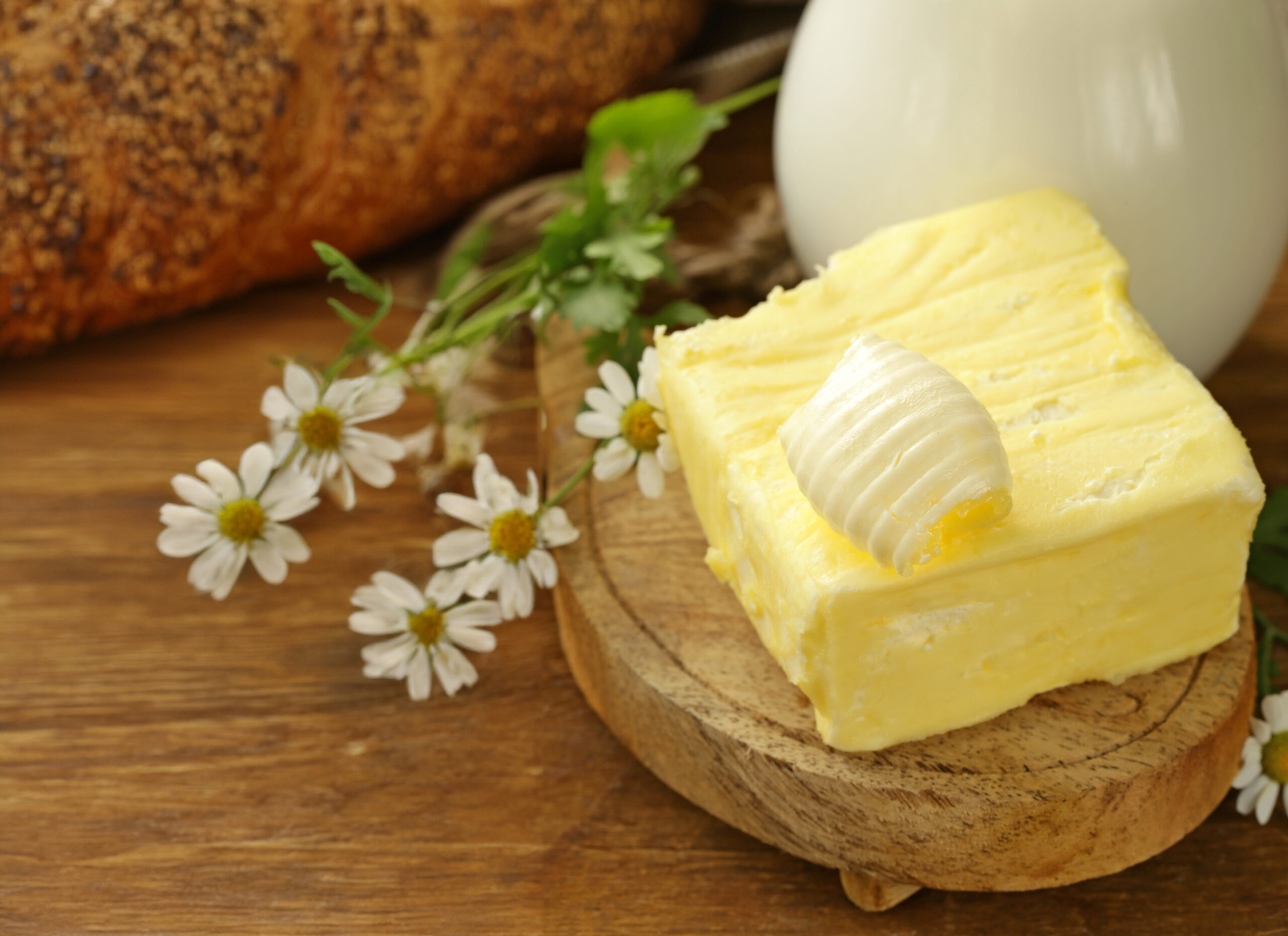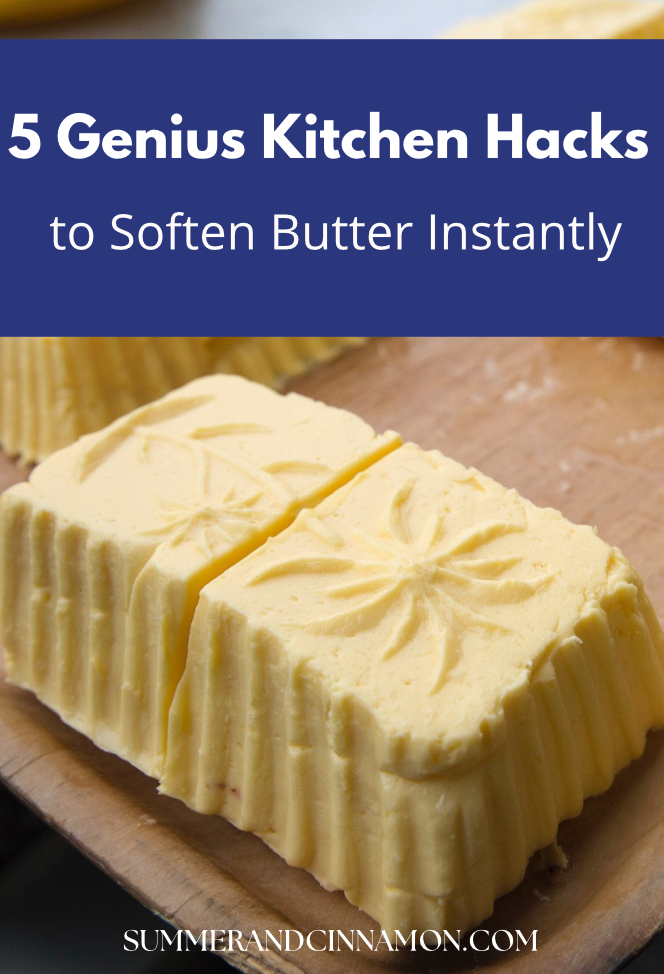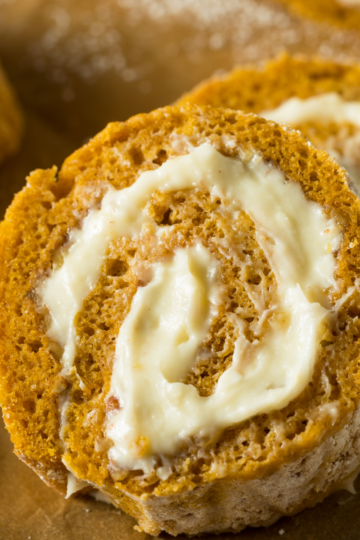We’ve all been there—you start baking, reach for the butter, and realize it’s rock-hard straight from the fridge. Whether you’re making cookies, cake, or banana bread, properly softened butter is key for that perfect texture. But waiting an hour for it to come to room temperature? No thanks.
Luckily, there are several easy, reliable ways to soften butter quickly without melting it into a greasy mess. Here’s how to do it right.

First, What “Softened Butter” Really Means
When a recipe calls for softened butter, it doesn’t mean melted or overly soft. You want butter that’s pliable but still holds its shape—when you press it lightly with your finger, it should leave an indentation, but your finger shouldn’t sink all the way through.
The ideal temperature for softened butter is around 65–67°F (18–19°C). This consistency allows sugar and butter to cream together smoothly, trapping air for fluffy cakes and perfectly textured cookies.
Jump to:
The Easiest Ways to Soften Butter Quickly
1. Cut It Into Small Cubes
This is the simplest trick.
- Cut the butter into small ½-inch cubes.
- Spread them out on a plate.
- Let sit at room temperature for 10–15 minutes.
Smaller pieces soften faster because there’s more surface area exposed to the air.

2. Use a Warm Glass or Bowl
This method is perfect if you need the butter softened in just a few minutes.
- Fill a glass with hot water and let it sit for 30 seconds.
- Pour out the water and quickly dry the glass.
- Place the warm glass upside down over your stick of butter.
- Let it sit for about 5 minutes.
The trapped heat gently softens the butter without melting it.
3. Microwave (With Caution)
Microwaving butter works—but it’s easy to overdo it.
- Cut the butter into chunks and place on a microwave-safe plate.
- Microwave at 10% power (or defrost setting) for 5 seconds at a time, rotating the butter after each interval.
- Stop as soon as it’s soft to the touch.
Tip: Avoid high power or long bursts—once the edges start melting, it can throw off your recipe’s texture.

4. Use a Rolling Pin Trick
This is a fun one if you’re in a hurry.
- Place your cold stick of butter between two sheets of parchment paper or in a zip-top bag.
- Use a rolling pin (or a sturdy bottle) to flatten it into a thin sheet.
- Once flattened, it’ll soften within 1–2 minutes.
Bonus: This method also helps distribute the butter evenly when making pastry dough.
5. Grate It
Yes, really—just like cheese!
- Use the large holes on a box grater to shred cold butter.
- Spread the grated butter on a plate for a few minutes.
The fine shreds soften quickly because of their small size, and this works beautifully if you’re baking biscuits or scones.

What Not to Do
- Don’t melt the butter completely. Melted butter behaves differently in baking and can make cookies spread too much or cakes dense.
- Don’t leave butter out all day. It can start to separate or turn greasy, especially in warm kitchens.
How Long to Leave Butter Out Normally
If you have time to plan ahead:
- Room temperature (around 70°F): 45–60 minutes
- Cooler kitchens: 1–2 hours
- Hot kitchens: Only 20–30 minutes before it’s too soft
If you bake often, keep an extra stick of butter out (covered) so you’re always ready to go.

Storing Softened Butter
If your butter gets too soft and you’re not ready to use it yet, place it back in the fridge for 5–10 minutes to firm it up slightly. You can also store softened butter in a covered butter dish on the counter for up to a couple of days if your kitchen stays cool (below 70°F).
Final Thoughts
Softening butter doesn’t have to derail your baking plans. Whether you use the warm glass trick, cube it, or grab your grater, these methods will get you to that perfect creamy consistency fast—no waiting, no microwaved puddles.
So next time you’re craving cookies or banana bread, you’ll know exactly how to get that butter ready in minutes, not hours.
Pin to Pinterest

Related
Looking for other recipes like this? Try these:
Pairing
These are my favorite dishes to serve with [this recipe]:












